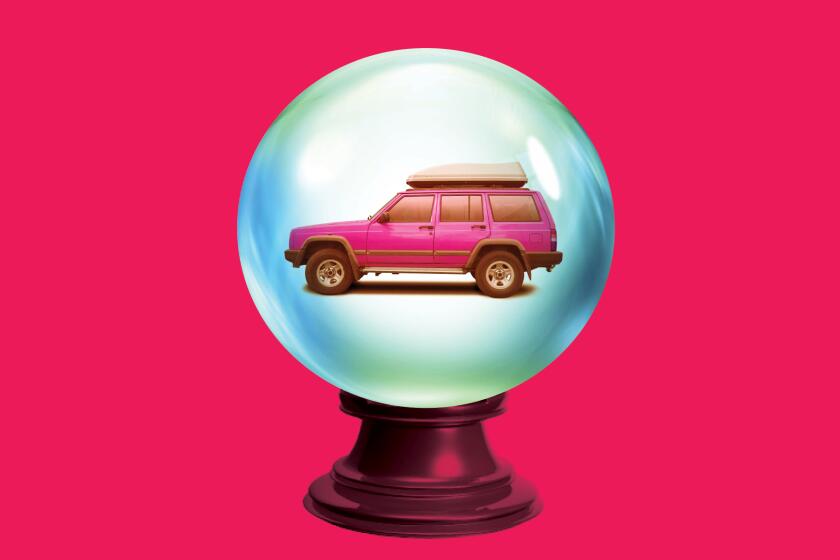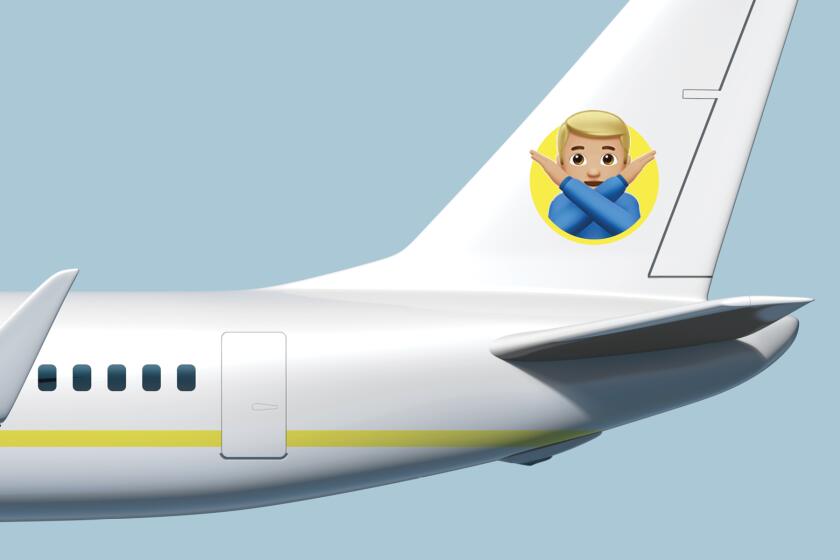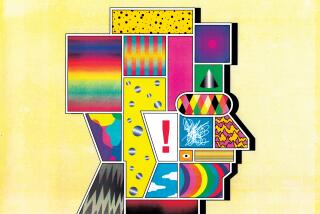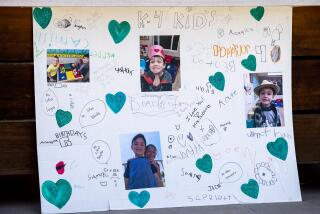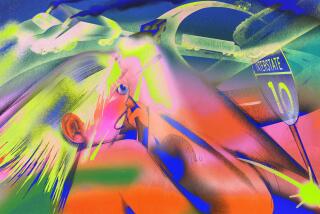Are you uneasy behind the wheel? Many drivers are. Here’s why and what you can do
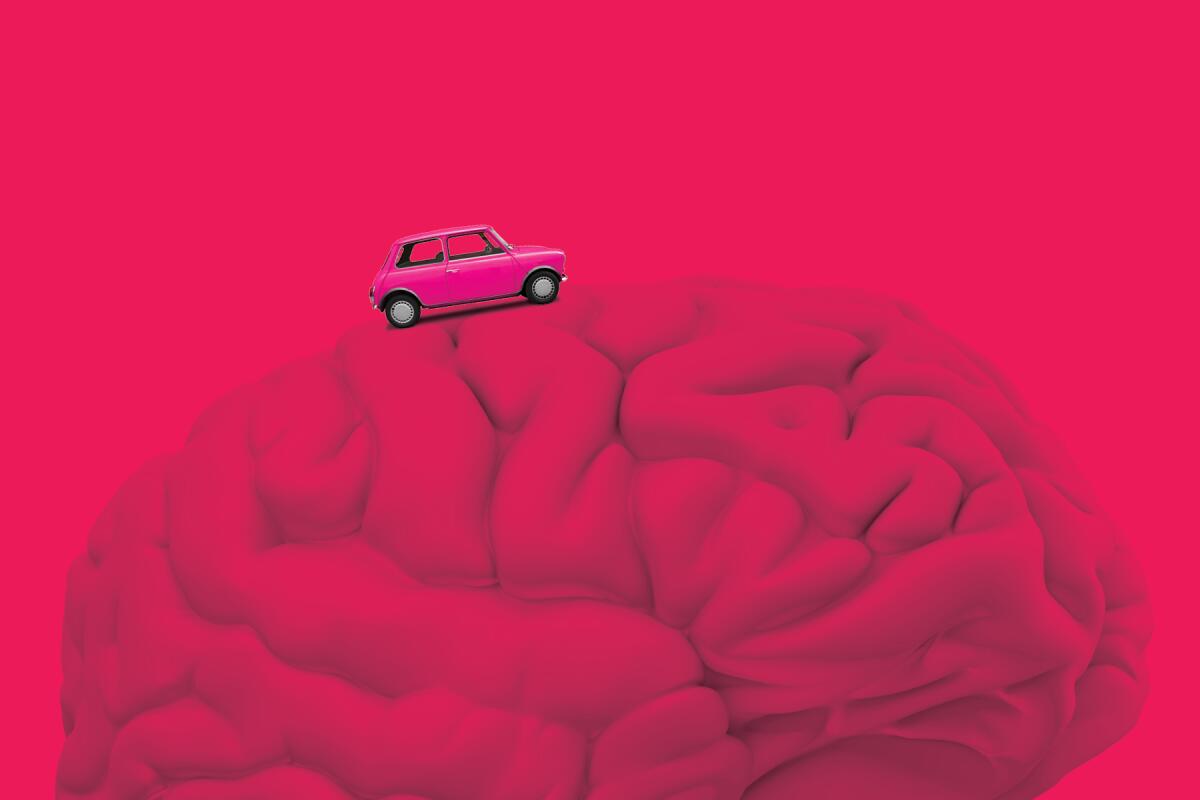
- Share via
The prescription was ready to be picked up, and it required a trip on the freeway. No big deal. I’ve lived in California almost three decades. I know how to drive.
Except I felt 16 years old again, when I was a newly minted driver trying to figure out how to navigate Dupont Circle in Washington, D.C. I felt a scream rising in my throat that day — and this one.
Unlike my 16-year-old self, I was able to hold it together, but I was unstrung. Sure, it had been a couple of months since I’d made my daily commute, so I asked others, and they said they felt a little uncertain too.
Is this some new disease called car-onavirus?
Medical experts say it’s not — more like a case of outtapracticitis.
OK, that’s not a technical term, but you have plenty of company in case driving seems about as natural as trying to write your signature with your other hand.
When we venture out again, will we first turn to the all-American road trip? Will it be safe? Here’s what effect the coronavirus will have.
“We’ve been going a few months without driving, so it’s more likely that you’re rusty,” said Meredith Sweeney, an occupational therapist at Ohio State University’s Wexner Medical Center in Columbus. Or, more understandably, “I help people with medical issues learn to drive,” she said.
This awkward feeling may be a side effect of the shutdown, but think of it, she said, as like when you “test-drive a brand-new vehicle or the vehicle is new to you.” It’s not as familiar as your regular ride.
If you’re an older driver and have been sedentary during the shutdown, your muscles may not be in fighting, uh, driving shape, said Dr. Richard Seidman, chief medical officer at L.A. Care Health Plan, an insurance company.
“Exercise is good for all kinds of reasons, including keeping up the strength in your legs,” he said. If you’ve been inactive, you may suffer increased joint pain and muscle weakness, he said. Increasing muscle strength will help those drivers feel more comfortable as they ease their way back in.
You’ll also want to be aware of your speed, which has increased because traffic has been lighter. That means accidents are more severe, said Susanna Gotsch, an industry analyst with CCC Information Service, a tech and data company that serves the automotive, repair and insurance industries.
That increased speed also doesn’t mix well when traffic increases, said
Sarah Woods, director of product for Root, an auto insurance company. Trips per driver dropped with the shutdown, Woods said, but have hit the bottom of what has become a U-shaped curve and settled almost at pre-lockdown levels as states begin to reopen.
An L.A. woman was to fly from LAX to Toronto and back. The airline canceled the flight. It won’t give her a refund nor will the booking agency.
As you gather your nerve and your wits to tackle that trip or daily commute, here are some tips from Sweeney, Seidman, Gotsch and Woods:
• Sit in your car for a minute and get accustomed to it. Adjust mirrors and your seat, if need be.
• Ease your way back; start with shorter trips during the daytime.
• Pay attention. What was automatic because it was familiar may be less so now. We’re so accustomed to commuting that the familiar allows us to “direct our attentive consciousness to the more difficult challenges,” such as traffic problems, Sweeney said. But until the route becomes part of the routine again, you must pay attention to both.
• Remember, everyone is distracted. Gotsch bumped into the car in front of her on a trip to check on her octogenarian mother. No one was hurt and there was no damage, but it was a wake-up call.
• Limit your visual, aural, manual and cognitive distractions. Turn off your phone or at least set it on “do not disturb” mode. (Some phones or systems send an auto-respond message that you’re driving.) Also, don’t eat or apply your makeup. This is always true but more so now.
• Make use of all driver assistance technology — blind-spot mirrors, lane assist to keep from drifting, forward collision alarms and adaptive cruise control.
• Limit the number of passengers.
• Build in extra time for your trip, not just at first but going forward. “We think this is an opportunity to build new good habits as you get back on the road,” Woods said.
• Make sure your car is clean, inside and out, and mechanically sound. Film can form on the inside of car windows, distorting vision.
• And last but still important, check for rodents, Seidman said, laughing. His truck had been sitting; he noticed some liquid underneath but thought it was just morning dew. He drove it and it was fine. His son drove it and it stopped running.
The radiator had sprung a leak, accounting for the liquid, but a rat had taken up residence in the engine compartment.
The truck survived; the rodent did not.
“The mechanic,” Seidman said, “disposed of him in the manner he saw fit.”
Have a travel problem, question or dilemma? Write to [email protected]. We regret we cannot answer every inquiry.
More to Read
Sign up for The Wild
We’ll help you find the best places to hike, bike and run, as well as the perfect silent spots for meditation and yoga.
You may occasionally receive promotional content from the Los Angeles Times.
